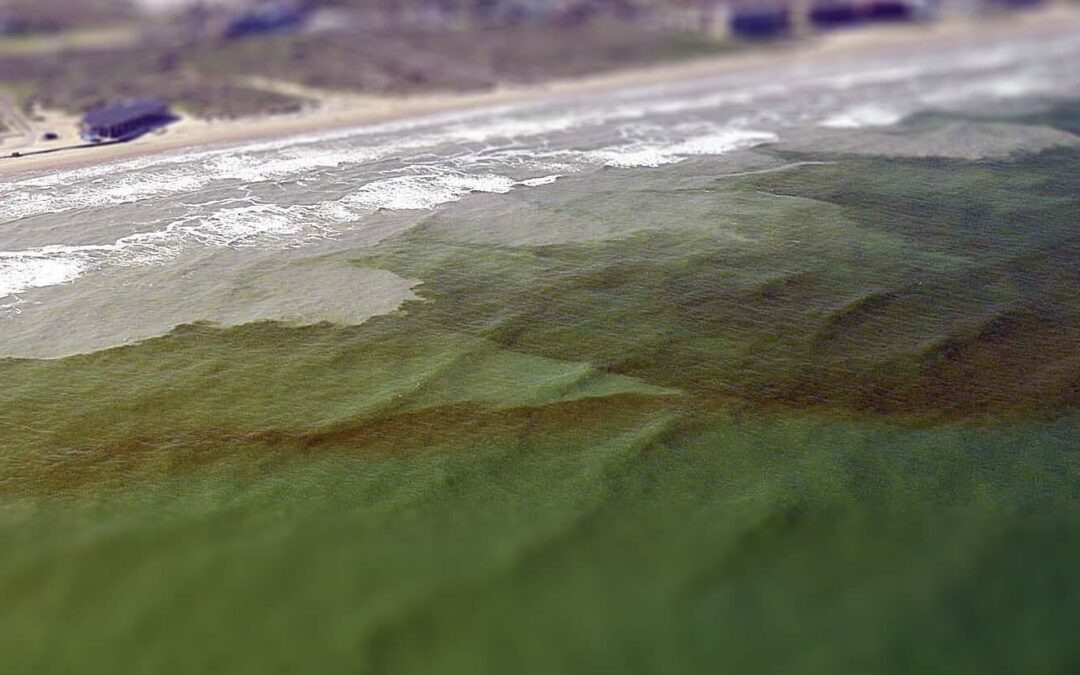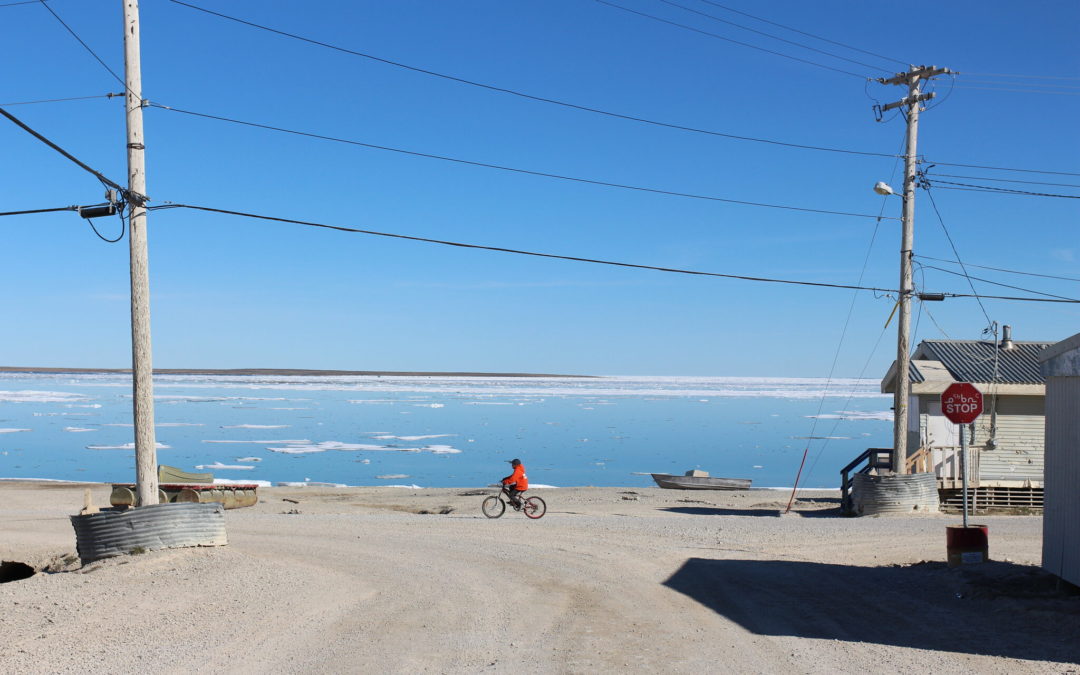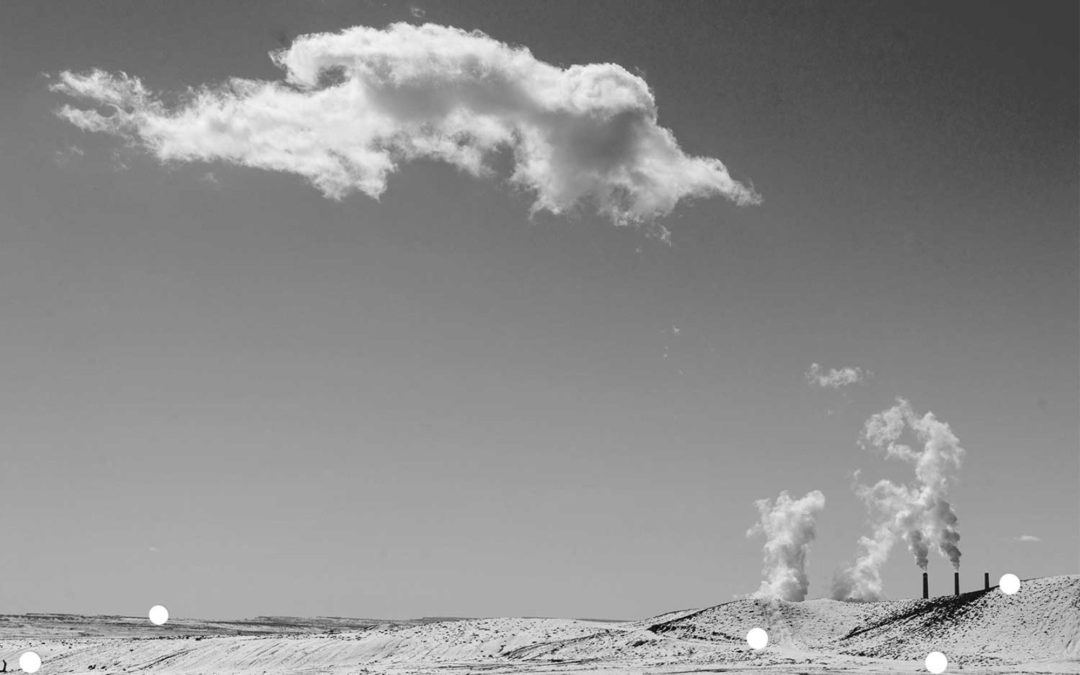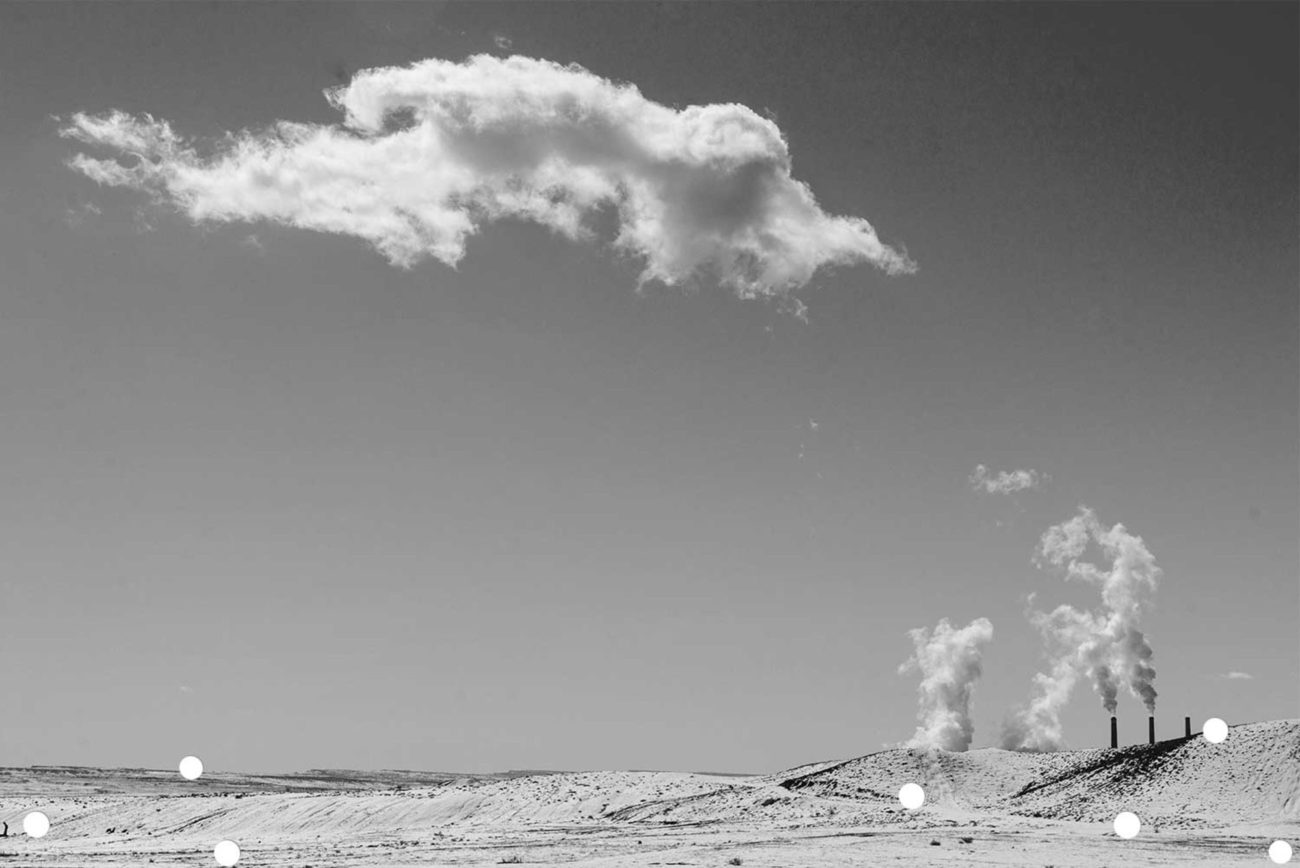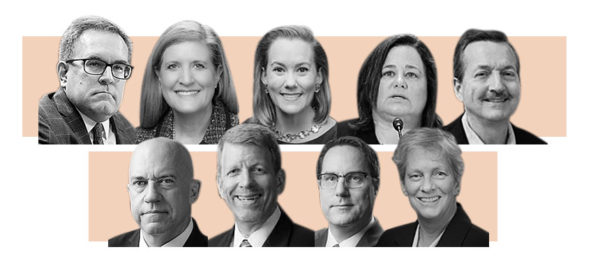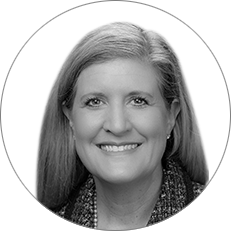
by Michael Bailey | Sep 13, 2021 | Environment & Ecology, Government & Law, Planetary and the Universe |
Recently, while cleaning out some files, I came across a news story I saved from 2009. It still resonates today with the same common sense logic and awareness that remains elusive among the masses, and frustratingly absent from public policy, political power groups, and corporate accountability. 12-13 years ago.
Sure, things have improved. But the proportion of outrage and individual virtues in comparison to the broad scale changes needed in oil reliance, automotive design, and all around energy production industries, remains too small to make a difference thus far.
A related link from 2015 I included at the bottom describes the problem as described by climate scientists, in even more stark terms than Friedman.
This planet is on the short side of the math, and that’s always been due to the blindness or denial of what the problem to solve actually is.
The last two Q & As in this interview say it best. >MB
Q&A: Columnist Tom Friedman on Climate Change
In his bestselling book “Hot, Flat, and Crowded,” New York Times columnist Thomas L. Friedman argues that countries that pioneer renewable-energy technologies will increase their national security and prosperity at the expense of those that cling to fossil fuels. He spoke to NEWSWEEK’s Sharon Begley: (Article continued below…)
Begley: A Gallup poll found that 41 percent of Americans—a record high—say concerns about climate change are exaggerated. Why is the public so resistant to the findings of climate science?
Friedman: What’s ironic is that that poll comes out at a time when more and more studies are suggesting that climate change is happening faster, bigger, quicker and with more powerful impacts than we anticipated just a few years ago. For whatever reason, climate change was presented as a political issue, and because [of that] there had to be sides … Also, there is a real aversion among scientists to popularizing things, so sometimes they’ve been a little diffident about making the case strongly. And part of the problem is that the most vocal global advocate on climate change has been Al Gore. For all these reasons it’s not surprising that the average person would be confused.
In the 1970s, the country was making progress toward renewable energy. Then things came to a screeching halt. What happened?
We were too successful. We imposed draconian mileage standards on cars, and it had a very big impact. At the same time, there was a global oil glut, and oil prices collapsed after Jimmy Carter left office [removing the economic pressure to move away from oil]. Ronald Reagan came in and instead of keeping up the initiative to have more solar energy, have more wind power, invest in energy efficiency and continue increasing mileage requirements for cars, he put the brakes on. Reagan proudly stripped the solar panels off the White House roof.
In “Hot, Flat, and Crowded” you use the phrase “dumb as we wanna be” to describe Americans’ attitudes toward energy and climate. What examples did you have in mind?
There are so many. I was trying to convey this idea that we thought we could sit back and delay everything until we got around to it. As a result we fell behind in the renewable-energy industries that are going to be the next great global industry. I believe this industry, which I call ET—energy technology, the search for abundant, cheap, clean, reliable electrons—is going to be the IT of the 21st century. One of the problems with the term “green” is that the definition was imposed by its opponents, by the Rush Limbaugh crowd. They named green [as] liberal, tree-hugging, sissy, girlie-man, unpatriotic, vaguely European. What I’ve been trying to do in this book is to rename green as geopolitical, geostrategic, geo-economic, capitalistic, patriotic. The country that owns green, that dominates that industry, is going to have the most energy security, national security, economic security, competitive companies, healthy population and, most of all, global respect. I want that country to be the United States of America. This isn’t just about electric power. It’s about economic power, it’s about national power.
You’re critical of efforts to get people to make small, symbolic gestures to use less energy. What’s wrong with that?
The danger is you think that if you change your light bulbs [to compact fluorescents], you’ve solved the problem. My motto is, change your leaders, not your light bulbs. Because what leaders do is rewrite the rules. They rewrite the rules of what utilities can burn as energy. They rewrite the car-mileage rules. They rewrite the rules of whether a nuclear plant can be built. These are the only things that give you [change at the scale we need]. Without scale change right now, in terms of climate we’re really cooked. You know, I come out of the world of covering foreign policy, and that trained me to look for where the leverage points are. I don’t think the leverage points now are in more consciousness-raising.
In the past, the public was ahead of politicians on issues such as civil rights. Is that the case with energy and climate?
It’s all about how you frame the issues. We’ve done polling at The New York Times, and if you ask people, would you like a carbon tax or a [higher] gasoline tax, they say no, no. But then you say, would you like a tax that combats climate change over the long term, [and they say,] yeah, I could see that. And would you like a tax that relieves us from living under the thumb of petro-dictators, [and they say,] yeah, I’d like that. I mean, what is it we’re trying to do? [To change things so] that there won’t be such a thing as a “green car,” there will just be a car, and you won’t be able to build it except at the highest levels of efficiency. There won’t be such a thing as a “green home,” there will just be a home, and you will not be able to build it unless it is at the highest standards of green energy, efficiency and sustainability. You’ll know the green revolution has been won when the word “green” disappears.
Original link: https://www.newsweek.com/qa-columnist-tom-friedman-climate-change-77091
Related from 2015: https://phys.org/news/2017-10-global-doesnt-emissions.html

by Michael Bailey | Jan 28, 2020 | Environment & Ecology, Health & Medicine |
It may have started with a bat in a cave, but human activity set it loose.
By David Quammen, Via NYTimes
Jan. 28, 2020

A normally busy shopping district during the Chinese New Year holiday in Beijing.
The latest scary new virus that has captured the world’s horrified attention, caused a lockdown of 56 million people in China, disrupted travel plans around the globe and sparked a run on medical masks from Wuhan, Hubei Province, to Bryan, Texas, is known provisionally as “nCoV-2019.” It’s a clunky moniker for a lurid threat.
The name, picked by the team of Chinese scientists who isolated and identified the virus, is short for “novel coronavirus of 2019.” It reflects the fact that the virus was first recognized to have infected humans late last year — in a seafood and live-animal market in Wuhan — and that it belongs to the coronavirus family, a notorious group. The SARS epidemic of 2002-3, which infected 8,098 people worldwide, killing 774 of them, was caused by a coronavirus, and so was the MERS outbreak that began on the Arabian Peninsula in 2012 and still lingers (2,494 people infected and 858 deaths as of November).
Despite the new virus’s name, though, and as the people who christened it well know, nCoV-2019 isn’t as novel as you might think.
Something very much like it was found several years ago in a cave in Yunnan, a province roughly a thousand miles southwest of Wuhan, by a team of perspicacious researchers, who noted its existence with concern. The fast spread of nCoV-2019 — more than 4,500 confirmed cases, including at least 106 deaths, as of Tuesday morning, and the figures will have risen by the time you read this — is startling but not unforeseeable. That the virus emerged from a nonhuman animal, probably a bat, and possibly after passing through another creature, may seem spooky, yet it is utterly unsurprising to scientists who study these things.
One such scientist is Zheng-Li Shi, of the Wuhan Institute of Virology, a senior author of the draft paper (not yet peer reviewed and so far available only in preprint) that gave nCoV-2019 its identity and name. It was Ms. Shi and her collaborators who, back in 2005, showed that the SARS pathogen was a bat virus that had spilled over into people. Ms. Shi and colleagues have been tracing coronaviruses in bats since then, warning that some of them are uniquely suited to cause human pandemics.
In a 2017 paper, they set out how, after nearly five years of collecting fecal samples from bats in the Yunnan cave, they had found coronaviruses in multiple individuals of four different species of bats, including one called the intermediate horseshoe bat, because of the half-oval flap of skin protruding like a saucer around its nostrils. The genome of that virus, Ms. Shi and her colleagues have now announced, is 96 percent identical to the Wuhan virus that has recently been found in humans. And those two constitute a pair distinct from all other known coronaviruses, including the one that causes SARS. In this sense, nCoV-2019 is novel — and possibly even more dangerous to humans than the other coronaviruses.
I say “possibly” because so far, not only do we not know how dangerous it is, we can’t know. Outbreaks of new viral diseases are like the steel balls in a pinball machine: You can slap your flippers at them, rock the machine on its legs and bonk the balls to the jittery rings, but where they end up dropping depends on 11 levels of chance as well as on anything you do. This is true with coronaviruses in particular: They mutate often while they replicate, and can evolve as quickly as a nightmare ghoul.
Peter Daszak, the president of EcoHealth Alliance, a private research organization based in New York that focuses on the connections between human and wildlife health, is one of Ms. Shi’s longtime partners. “We’ve been raising the flag on these viruses for 15 years,” he told me on Friday with calm frustration. “Ever since SARS.” He was a co-author of the 2005 bats-and-SARS study, and again of the 2017 paper about the multiple SARS-like coronaviruses in the Yunnan cave.
Mr. Daszak told me that, during that second study, the field team took blood samples from a couple of thousand Yunnanese people, about 400 of whom lived near the cave. Roughly 3 percent of them carried antibodies against SARS-related coronaviruses.
“We don’t know if they got sick. We don’t know if they were exposed as children or adults,” Mr. Daszak said. “But what it tells you is that these viruses are making the jump, repeatedly, from bats to humans.” In other words, this Wuhan emergency is no novel event. It’s part of a sequence of related contingencies that stretches back into the past and will stretch forward into the future, as long as current circumstances persist.
So when you’re done worrying about this outbreak, worry about the next one. Or do something about the current circumstances.
Current circumstances include a perilous trade in wildlife for food, with supply chains stretching through Asia, Africa and to a lesser extent, the United States and elsewhere. That trade has now been outlawed in China, on a temporary basis; but it was outlawed also during SARS, then allowed to resume — with bats, civets, porcupines, turtles, bamboo rats, many kinds of birds and other animals piled together in markets such as the one in Wuhan.
Current circumstances also include 7.6 billion hungry humans: some of them impoverished and desperate for protein; some affluent and wasteful and empowered to travel every which way by airplane. These factors are unprecedented on planet Earth: We know from the fossil record, by absence of evidence, that no large-bodied animal has ever been nearly so abundant as humans are now, let alone so effective at arrogating resources. And one consequence of that abundance, that power, and the consequent ecological disturbances is increasing viral exchanges — first from animal to human, then from human to human, sometimes on a pandemic scale.
We invade tropical forests and other wild landscapes, which harbor so many species of animals and plants — and within those creatures, so many unknown viruses. We cut the trees; we kill the animals or cage them and send them to markets. We disrupt ecosystems, and we shake viruses loose from their natural hosts. When that happens, they need a new host. Often, we are it.
The list of such viruses emerging into humans sounds like a grim drumbeat: Machupo, Bolivia, 1961; Marburg, Germany, 1967; Ebola, Zaire and Sudan, 1976; H.I.V., recognized in New York and California, 1981; a form of Hanta (now known as Sin Nombre), southwestern United States, 1993; Hendra, Australia, 1994; bird flu, Hong Kong, 1997; Nipah, Malaysia, 1998; West Nile, New York, 1999; SARS, China, 2002-3; MERS, Saudi Arabia, 2012; Ebola again, West Africa, 2014. And that’s just a selection. Now we have nCoV-2019, the latest thump on the drum.
Current circumstances also include bureaucrats who lie and conceal bad news, and elected officials who brag to the crowd about cutting forests to create jobs in the timber industry and agriculture or about cutting budgets for public health and research. The distance from Wuhan or the Amazon to Paris, Toronto or Washington is short for some viruses, measured in hours, given how well they can ride within airplane passengers. And if you think funding pandemic preparedness is expensive, wait until you see the final cost of nCoV-2019.
Fortunately, current circumstances also include brilliant, dedicated scientists and outbreak-response medical people — such as many at the Wuhan Institute of Virology, EcoHealth Alliance, the United States Centers for Disease Control and Prevention (C.D.C.), the Chinese C.D.C. and numerous other institutions. These are the people who go into bat caves, swamps and high-security containment laboratories, often risking their lives, to bring out bat feces and blood and other precious evidence to study genomic sequences and answer the key questions.
As the number of nCoV-2019 cases has increased, and the death toll along with it, one metric, the case fatality rate, has remained rather steady so far: at about or below 3 percent. As of Tuesday, less than three out of 100 confirmed cases had died. That’s relatively good luck — worse than for most strains of influenza, better than for SARS.
This good luck may not last. Nobody knows where the pinball will go. Four days from today, the number of cases may be in the tens of thousands. Six months from today, Wuhan pneumonia may be receding into memory. Or not.
We are faced with two mortal challenges, in the short term and the long term. Short term: We must do everything we can, with intelligence, calm and a full commitment of resources, to contain and extinguish this nCoV-2019 outbreak before it becomes, as it could, a devastating global pandemic. Long term: We must remember, when the dust settles, that nCoV-2019 was not a novel event or a misfortune that befell us. It was — it is — part of a pattern of choices that we humans are making.
David Quammen is an author and journalist whose books include “Spillover: Animal Infections and the Next Human Pandemic.”
